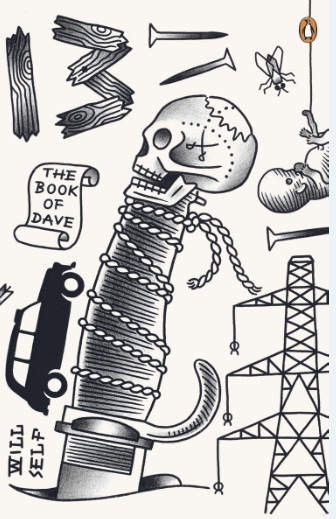‘In a typically razor-sharp exchange of dialogue that establishes – yet again – that The Simpsons provides the most coruscating illumination of contemporary mores, Lisa says to her grade-school teacher that “Good looks don’t really matter”, to which Ms Hoover replies: “Nonsense, that’s just something ugly people tell their children.” Stripping away the layers of irony from this statement we can reveal the central premise of Catherine Hakim’s book, which is that not only do looks matter, but that they should matter a great deal more.
Furthermore, the people who tell young people – and in particular young women – that their beauty and sex appeal are of little importance are themselves ugly, if not physically then at least morally. For, as Hakim sees it, it is an “unholy alliance” of wannabe patriarchs, religious fundamentalists and radical feminists who have – in Anglo-Saxon countries especially – acted to devalue what she terms “erotic capital”. In Hakim’s estimation, for all young women, and in particular those who are without other benefits – financial, intellectual, situational – an entirely legitimate form of self-advancement should consist in their getting the best out of – if you’ll forgive the pun – their assets.’
Read the rest of Will Self’s review of Honey Money in the Guardian Review here.


